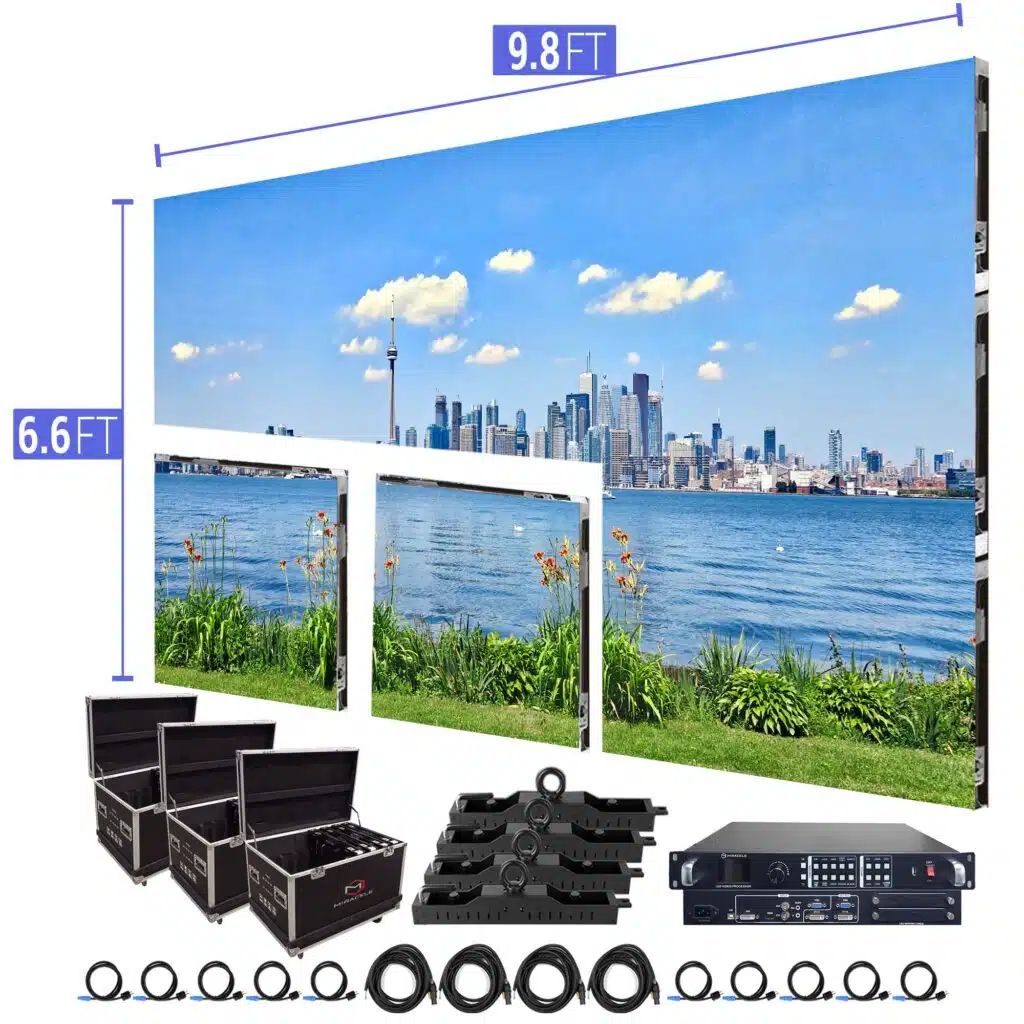Exploring the Wide-ranging Connectivity Options Offered for LED Display Modules
Light Emitting Diode display units have gained popularity for their ability to deliver high-quality visuals in various settings, from professional environments to event venues. One of the most significant aspects of these systems is their connectivity options, which allow users to connect them to different devices and systems. Understanding the broad input options available for LED wall panels is vital for enhancing their use and effectiveness. This discussion details these features, highlighting how they can cater to various needs and preferences.

One common interface method for Light Emitting Diode wall panels is HDMI. HDMI is broadly known for transmitting crisp video and audio streams between devices. This connection type is especially useful in commercial settings, such as meeting spaces or classrooms, where presentations or video content are often displayed. By using digital connectors, users can easily connect laptops, projectors, and streaming devices to Light Emitting Diode wall panels, guaranteeing a sharp and vibrant display of media.
Another commonly used connectivity option is Display Port, which is comparable to HDMI but offers additional benefits. DisplayPort can support higher refresh rates and display outputs, making it an ideal choice for gaming or graphic-intensive applications. For those using Light Emitting Diode wall panels in settings where performance is critical, such as esports arenas or creative workspaces, Display Port can provide the necessary visual quality. Moreover, many contemporary computers and graphics cards feature DisplayPort connections, making it a practical solution for technology-oriented users.
In addition to HDMI and Display Port, cordless transmission options are becoming increasingly prevalent in Light Emitting Diode wall panel solutions. Cable-free interfaces allow users to transmit content without the requirement for physical cables, enabling a streamlined and more flexible setup. Technologies such as Wi-Fi and short-range communication allow users to link smartphones, tablets, and laptops directly to Luminescent Diode wall panels without more helpful info tangled wires. This convenience is especially beneficial in dynamic settings like exhibitions or live functions, where rapid adjustments to displays are often needed.
For larger installations or more intricate configurations, LAN integration through Ethernet is another viable option. Ethernet connections provide a stable and reliable way to connect multiple Light Emitting Diode wall panels within a network. This setup is suitable for electronic display use cases found in retail centers or transport hubs, where multiple panels may need to present coordinated content across a broad area. By using network cabling and network switches, users can ensure that all linked panels receive uniform data and content efficiently.
Finally, it's crucial to evaluate the evolution of interface technology with advancements such as Universal Serial Bus-C and Thunderbolt Three. These next-generation interfaces offer enhanced data transfer rates and flexibility by allowing one connector to handle both energy transfer and data exchange. As more systems incorporate these protocols, Light Emitting Diode wall panels equipped with Type-C ports will likely become more prevalent. This shift in integration not only improves the capabilities of Luminescent Diode wall panels but also coincides with the emerging trend of minimalism in technology setups by reducing the number of cables needed.
In conclusion, exploring the diverse connectivity options available for LED wall panels reveals many possibilities for operators across multiple industries. From conventional approaches like High-Definition Multimedia Interface and Display Port to contemporary cordless solutions and network connections, each option Learn More serves unique purposes suited to distinct needs. Furthermore, next-gen technologies like Universal Serial Bus-C offer further developments in how users interact with LED wall panels. By understanding these connectivity choices, end-users can make strategic selections that optimize their overall experience with these versatile display tools.